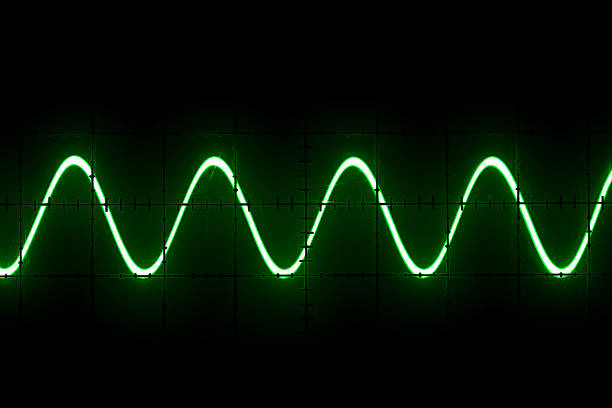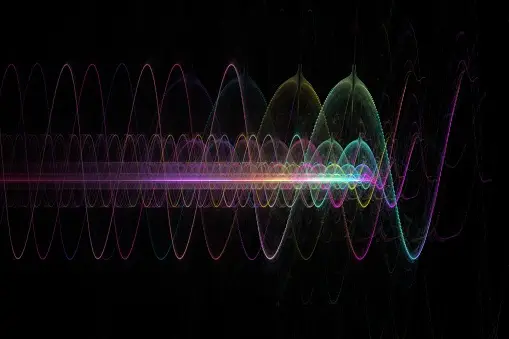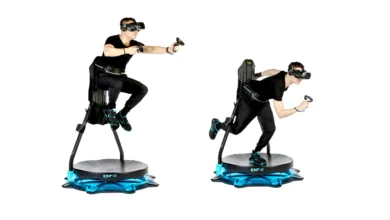
How to Utilize Waves and Electromagnetic Radiation In 2023? In the ever-evolving world of technology, waves and electromagnetic radiation have become indispensable tools for various applications. From communication to medical imaging and beyond, the utilization of waves and electromagnetic radiation continues to shape the way we live and interact with the world. In this article, we will explore the advancements and practical applications of these phenomena in 2023 and beyond.
Understanding Waves and Electromagnetic Radiation
Waves are energy that travels through space or matter, transferring energy from one point to another without any physical movement of objects. Electromagnetic radiation is a type of wave that consists of both electric and magnetic fields oscillating perpendicular to each other. These waves can travel through the vacuum of space as well as through materials, making them versatile for numerous applications.
The Fundamentals of Electromagnetic Spectrum

The electromagnetic spectrum encompasses a wide range of waves, each with different properties and applications. It includes radio waves, microwaves, infrared radiation, visible light, ultraviolet radiation, X-rays, and gamma rays. Each segment of the spectrum serves distinct purposes, from long-range communication to high-resolution imaging.
Communication and 5G Technology
Waves play a pivotal role in modern telecommunication systems. The introduction of 5G technology has revolutionized data transfer rates, enabling faster and more reliable communication. 5G networks utilize higher frequencies and advanced wave modulation techniques to achieve unprecedented data speeds and low latency.
Wireless Power Transfer

The concept of wireless power transfer relies on electromagnetic waves to transmit electrical energy between two points without physical connectors. From wireless charging pads for smartphones to powering remote sensors, this technology has the potential to liberate devices from the constraints of traditional power cords.
Medical Applications
Medical professionals rely on waves and electromagnetic radiation for various diagnostic and treatment purposes. X-rays, for example, are a vital tool in diagnosing fractures and other internal issues. In cancer treatment, radiation therapy uses focused waves to target and destroy cancer cells.
Read More: Exploring the Basics of Computer Networking In 2023
Remote Sensing and Earth Observation
Satellites equipped with sensors that use electromagnetic radiation play a crucial role in monitoring the Earth’s surface. They collect valuable data for climate analysis, disaster management, agriculture, and urban planning, among other applications.
Radar and Navigation Systems
Radar systems utilize radio waves to detect and track objects. They find applications in aviation, maritime navigation, weather forecasting, and defense. Electromagnetic radiation also aids in enhancing GPS accuracy, enabling precise location-based services.
Quantum Communication
Quantum communication relies on the peculiar properties of quantum entanglement to achieve secure data transmission. This emerging technology holds the promise of unbreakable encryption and ultra-fast communication, revolutionizing information security.
Entertainment and Virtual Reality

In the realm of entertainment, waves and electromagnetic radiation are pivotal in creating immersive experiences. From broadcasting TV signals to enhancing virtual reality, these technologies enrich our entertainment landscape.
Industrial and Scientific Applications
Industries benefit from non-destructive testing using waves to inspect materials and structures without causing damage. Additionally, spectroscopy techniques use electromagnetic radiation to analyze the composition of various substances, advancing scientific research.
Future Trends and Innovations
Metamaterials, engineered structures with unique electromagnetic properties, hold immense potential for manipulating waves in unprecedented ways. Additionally, advancements in antenna technologies are paving the way for more efficient and reliable communication systems.
Challenges and Safety Concerns
While waves and electromagnetic radiation have significantly improved our lives, safety concerns persist. Some electromagnetic radiation can have adverse health effects, leading to ongoing research to mitigate risks and ensure public safety.
Conclusion
As we move forward into 2023 and beyond, the utilization of waves and electromagnetic radiation will only continue to expand. From powering our devices wirelessly to revolutionizing communication and entertainment, the potential of these technologies is vast. However, it is crucial to strike a balance between progress and safety, ensuring that we harness these phenomena responsibly for the betterment of humanity.
FAQs
What are electromagnetic waves?
Electromagnetic waves are a form of energy that consists of electric and magnetic fields oscillating perpendicular to each other, propagating through space and matter.
How does 5G technology #work?
5G technology uses higher frequencies and advanced modulation techniques to achieve faster data transfer rates and lower latency in telecommunications.
How are waves used in medical imaging?
X-rays are commonly used in medical imaging to diagnose fractures and internal issues by passing through the body to create images.
What is the role of radar in navigation?
Radar systems use radio waves to detect and track objects, aiding in navigation, weather forecasting, and defense applications.
What are metamaterials?
Metamaterials are engineered structures with unique electromagnetic properties, holding promise for innovative wave manipulation technologies.











